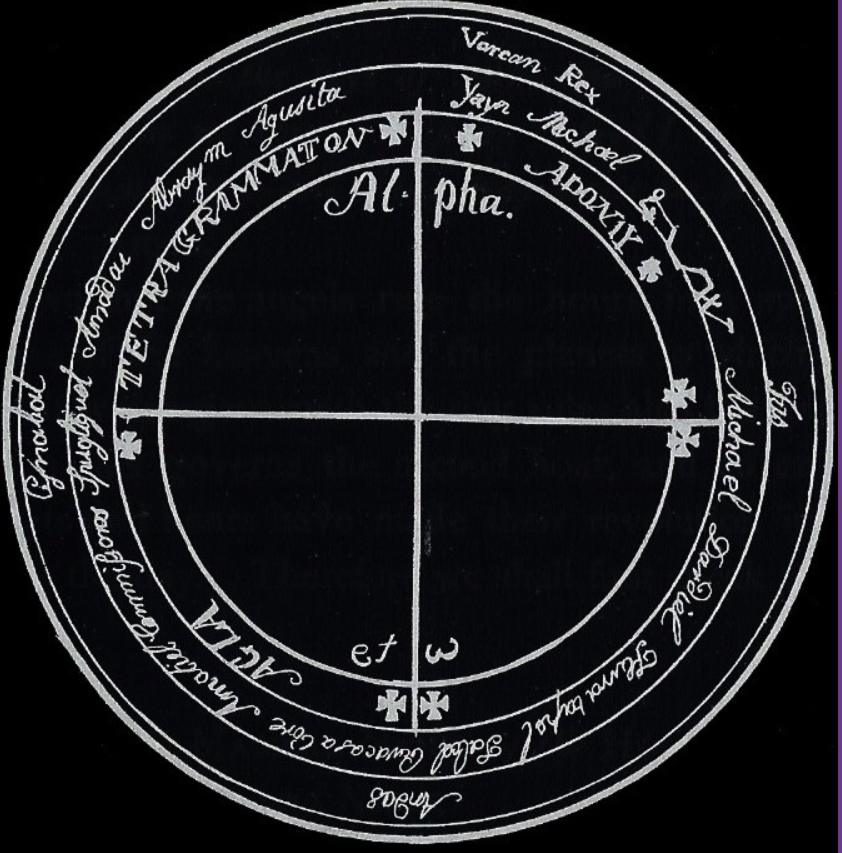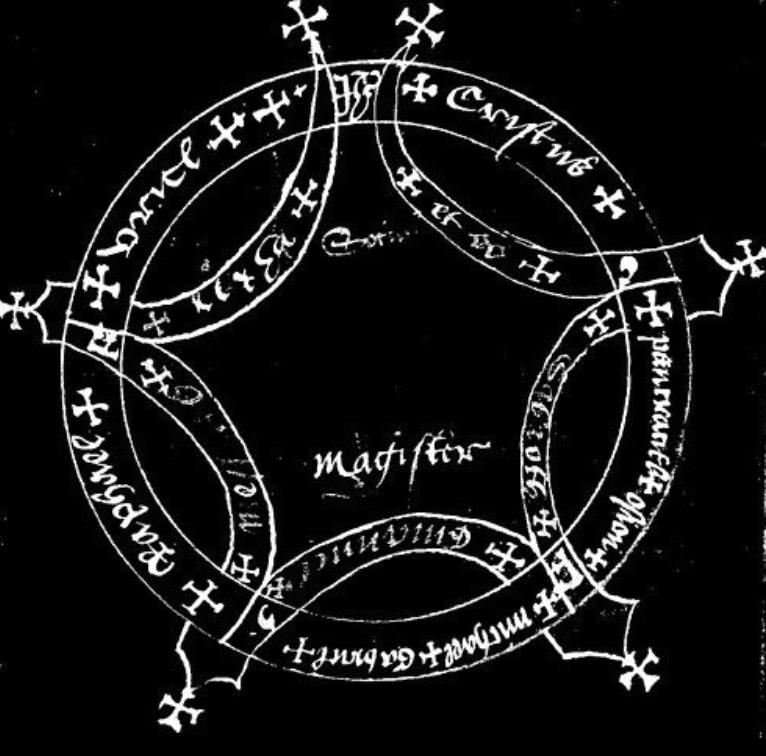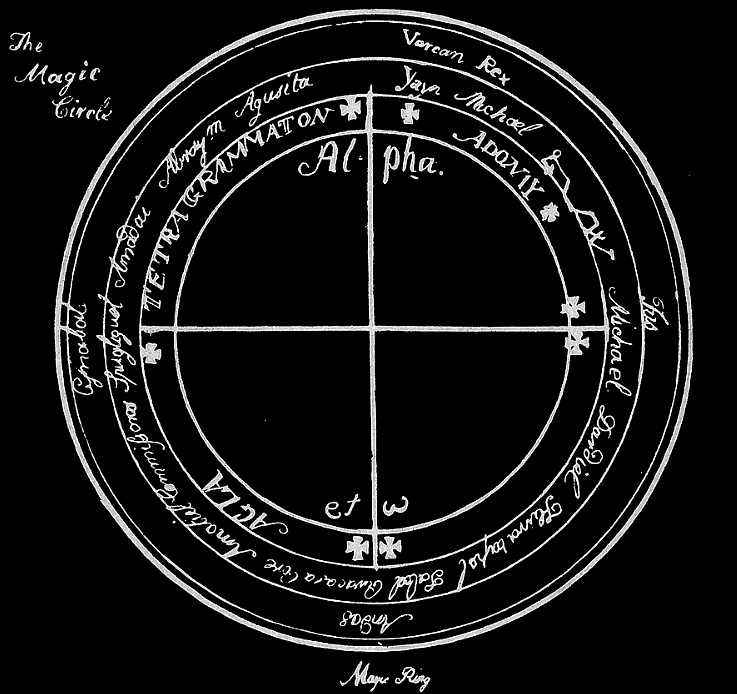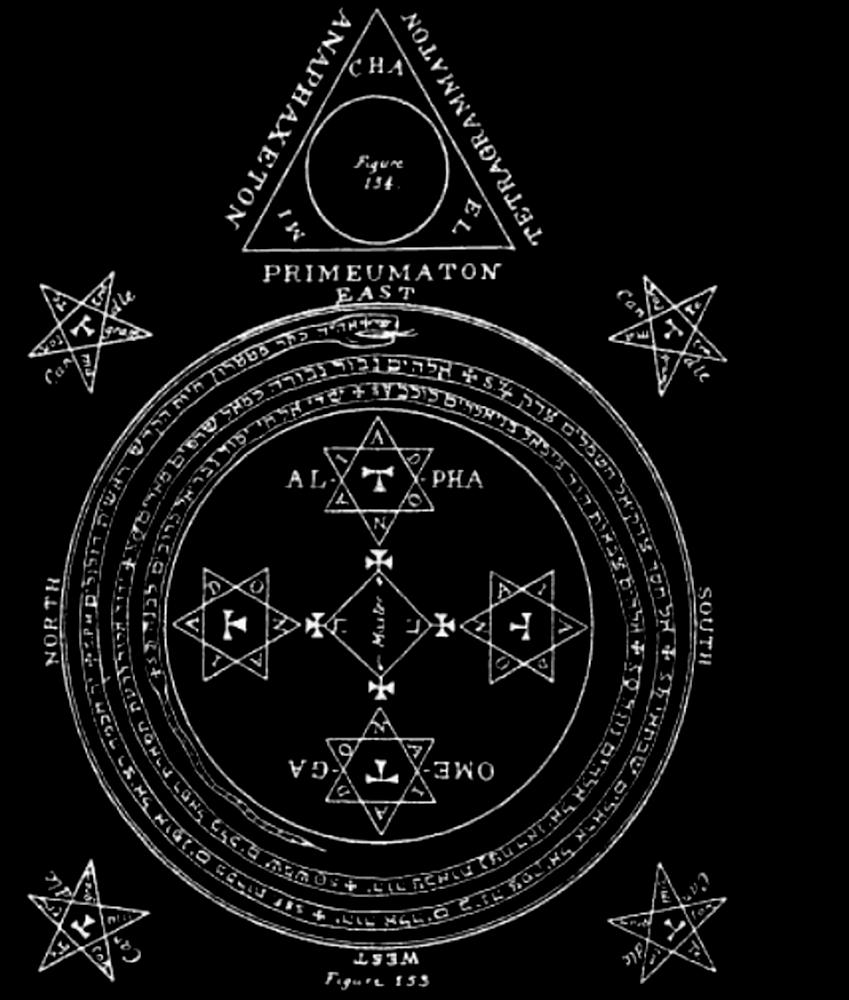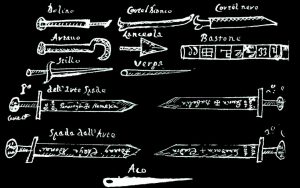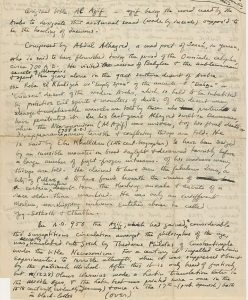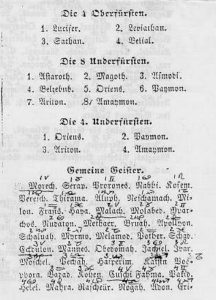The form of the circle is not always one and the same; it is according to the order of the spirits that are to be called, their places, times, days and hours. Before making a Circle, it ought to be considered in what time of the year, what day, and what hour, that you make the circle; what spirits you would call, to what star and region they do belong, and what funcions they have. When the circle is finished, you shall proceed.
Magick circles have a protective significance since ancient times to protect against evil spirits. Sacred circles used in Witchcraft are derived from Western ceremonial magic. In ceremonial magic, the circle represents a sacred space in which the magician conjures and commands spirits. Conjuring a spirit is always dangerous. The circle protects against them. But it must be cast carefully. The magician must never leave the circle during a ritual. You must always be careful to not even inadvertently swing an arm outside it. If that happens, something unpleasant can occur.
Grimoires give detailed instructions for casting the magick circle. During the ritual you need your consecrated witchcraft tools, such as a athame, sword or wand. You must consider certain astrological conditions and hours of the day or night. The compostions of the cicle can be simple or with inscriptions and symbols. If you choose to draw a cicle with symbols, the symbols must be appropriate for the spirit you want to conure.
You can draw the circle on a floor that has been carefully cleaned before. If you sprinkle salt around its perimeter, you reinforce the boundary.
